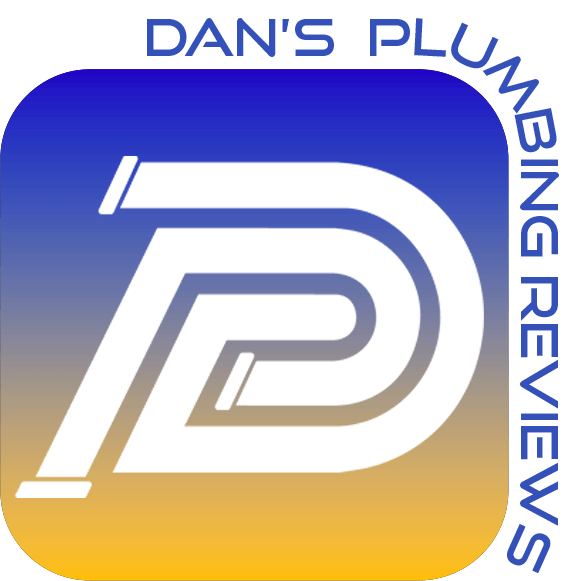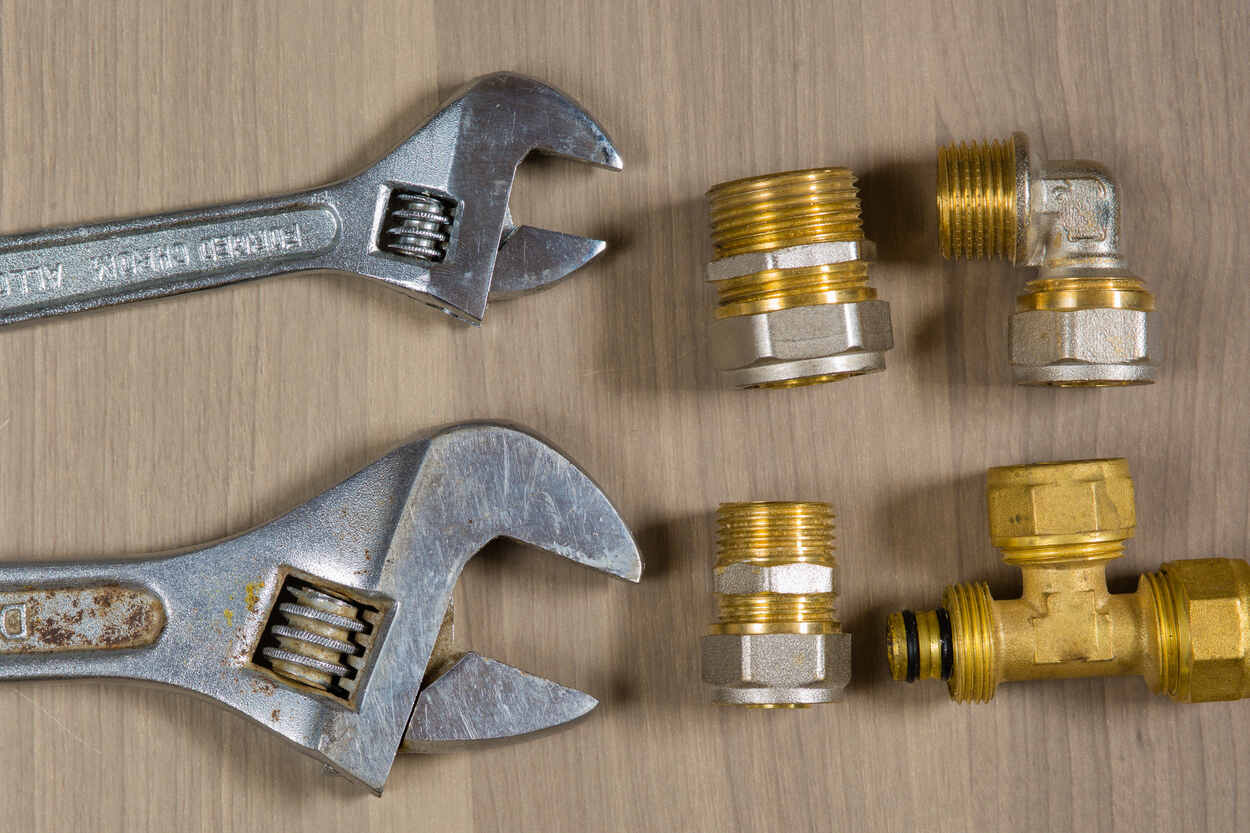Plumbing is an essential pillar of our economy, underpinning water supply, sanitation, hydrology and overall water management. It falls under the umbrella of environmental and hydraulic engineering and plays a key role in construction. As it permeates facets of technology and business, it’s wise to understand its nuts and bolts. Therefore, we’ve pieced together a rich list, exploring 20 of the most common tools deployed by plumbers across Australia and beyond. Here are the first ten vibrantly detailed topics with which we’ll start.
Contents
- 1. Pipe Cutters Guide
- 2. Wrenches Different Types
- 3. Plunger Explained
- 4. Sink Snake Usage
- 5. Utilizing Pex Tools
- 6. Teflon Tape Application
- 7. Understanding Pipe Inspection Cameras
- 8. Drain and Sewer Rods
- 9. Hacksaw Practical Use
- 10. Basin Wrench Insights
- 11. Fire-Resistant Cloth Essentiality
- 12. Press Tool Functionality
- 13. Soldering Torches Basics
- 14. Pipe Threading Equipment
- 15. Tap Valve Reseating Tools
- 16. Compression Sleeve Puller Role
- 17. Adjustable Spanners Essentials
- 18. Utility Vacuum Pump Uses
- 19. Level and Measuring Tapes
- 20. Pipe Bending Tools
- Unpacking the Toolkit
1. Pipe Cutters Guide
Pipe cutters are a staple in any plumber’s arsenal. They come in handy when working on projects requiring precise pipe cutting operations. These tools are not only efficient but also environmentally friendly as they reduce wastage. Their accuracy prevents unnecessary water leakage, promoting effective water management. At Dan’s Plumbing, we frequently utilise them to improve time efficiency.
2. Wrenches Different Types
A plumber’s inventory would be incomplete without an effective selection of wrenches. Pipe wrenches, basin wrenches, and adjustable wrenches are just a few types plumbers often use every day. Each type is designed to tackle varying specifications within the diverse scope of plumbing jobs, aligning with different aspects of hydraulic engineering.
3. Plunger Explained
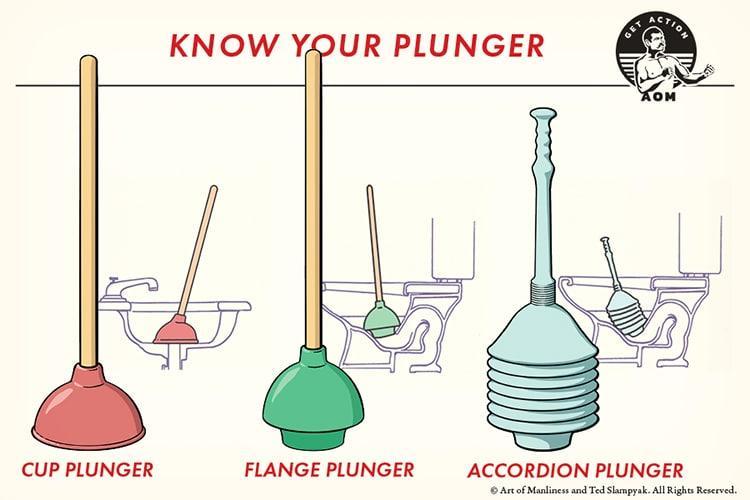
A vital part of handling sanitation operations has always been the plunger – a classic yet effective tool for unclogging drains and toilets. It’s simple to use: one applies a downforce to create pressure and an upforce to alleviate blockages. This simple technology proves its worth in maintaining crucial hygiene levels in residential or commercial settings.
4. Sink Snake Usage
Sometimes a plunger may not fully rectify drainage problems which is when a plumber reaches for the sink snake. Sink snakes are efficient at dealing with stubborn blockages, reaching deeper into pipes than a plunger can. The durability and flexibility of this tool makes it an indispensable part of combatting common plumbing issues.
5. Utilizing Pex Tools
Pex tools are typically used for making connections to PEX tubing in water management systems. They are modern, reliable, and serve as strong additions to our toolkit. With their utility in fresh water supply conduits, they continue to gain popularity among industry professionals given their promise of operational efficiency.
6. Teflon Tape Application

As a plumber, control over water flow is often achieved through the use of Teflon tapes. Pushing the boundaries of technology in plumbing, it’s a type of lubricant that aids in threading pipe joints more snugly and securely. This tape is extraordinarily helpful for preventing leaks, contributing directly to leak-free water systems.
7. Understanding Pipe Inspection Cameras
Pipe inspection cameras represent a leap forward in plumbing technology. They allow plumbers to visually inspect sewage lines and other pipes that are underground, inside cement and underneath homes, offering significant savings in time and resources by eliminating the need for extensive excavation works.
8. Drain and Sewer Rods
When it comes to maintaining robust sanitation and dealing with waste management, drain rods stand among essential toolkits. They provide plumbers with the ability to clear blockages in drains and sewers efficiently, matching the demands of contemporary plumbing needs. Their sturdy design ensures durability and effectiveness.
9. Hacksaw Practical Use

The hacksaw is another versatile tool used by plumbers daily. Its primary function lies in cutting and shaping materials that are problematic for other tools. Its vast utility ranges from cutting through metal pipes to eliminating excess plastic, allowing it to cater to a multitude of challenges the plumbing profession routinely encounters.
10. Basin Wrench Insights
Specialised tools like the basin wrench provide unique solutions to niche plumbing problems. Most commonly, a basin wrench is used where other types of wrench cannot reach. It’s specifically designed for fitting or removing taps and their connecting pipes fitted in awkward places, such as behind a sink’s basin. This tool demonstrates how equipment variation is crucial in our trade.
11. Fire-Resistant Cloth Essentiality
When you dive into the world of plumbing, one of the essentials you’ll find is a fire-resistant cloth. This safety measure might seem a tad dramatic, but trust me, it’s crucial when dealing with tasks like soldering or thawing frozen pipes. The fire-resistant cloth acts as a protective barrier to prevent accidental fires and potential property damage. This tool ensures the safety of the plumber and preserves the cleanliness and integrity of the worksite.
12. Press Tool Functionality
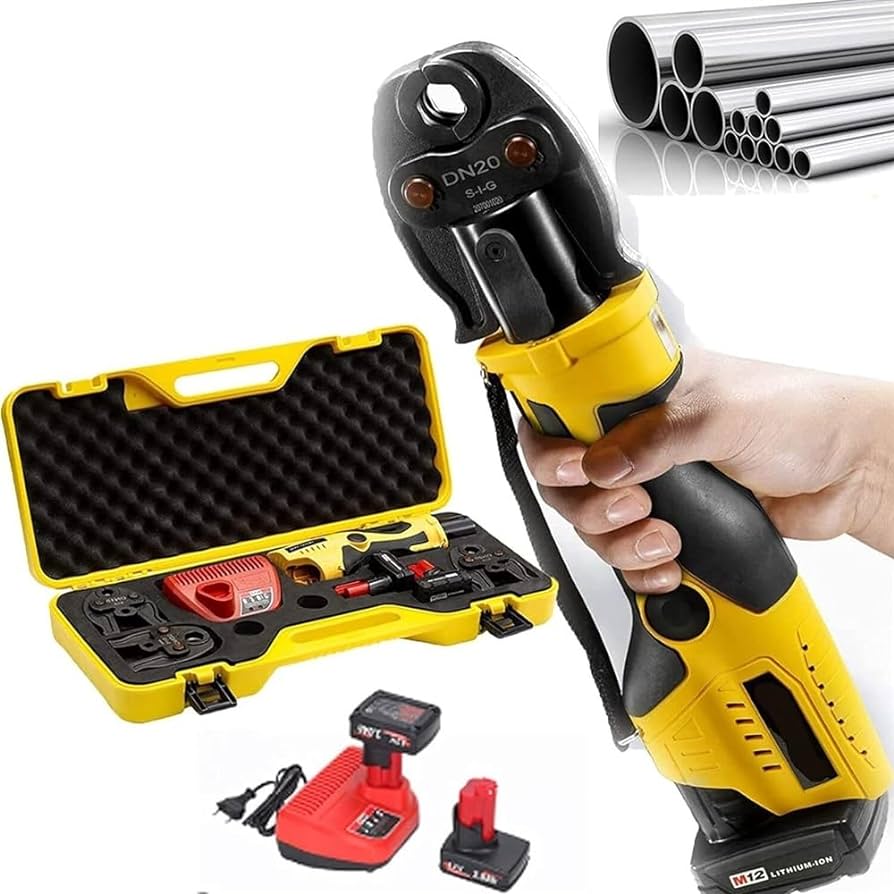
The press tool serves a significant role in plumbing. This piece of equipment enables us to create watertight seals on fittings for copper, stainless steel, and PEX pipes in the blink of an eye! It’s fantastic because it means less reliance on open flames or adhesives which can be hazardous. Beyond efficiency and safety, press tools contribute in a big way to water management, encouraging sustainable practices which align with environmental engineering principles.
13. Soldering Torches Basics
Got a pipe joint or fitting that needs securing? Well, that’s where soldering torches come in! These tools produce a flame hot enough to melt solder – a metal alloy that when cooled, forms a permanent bond between pipe sections. The basics behind the soldering process are straight-forward: heat up the joint, apply solder, and let cool. But remember, safety first! Always use your fire-resistant cloth when soldering.
14. Pipe Threading Equipment
Moving onto pipe threading equipment – this great invention has given us plumbers added flexibility when installing new pipework or performing repairs. With it on hand, we’re able to cut custom threads into the ends of pipes which allows us to screw them together tightly and securely. From an inventory management perspective, this tool ensures that we only cut and use what is necessary, contributing to the economy of resources.
15. Tap Valve Reseating Tools
Water dripping from your tap even when it’s off is quite the irritant. But with tap valve reseating tools, plumbers like us can resolve this flow issue. By using these tools, we’re able to shave off and smooth any damaged areas on the valve seat where the washer presses to stop water flow. This process forms a reliable water seal on your tap, leading to better water management in homes and businesses.
16. Compression Sleeve Puller Role
The compression sleeve puller may not be a tool you’re familiar with, but they’re essential for any plumber tackling old pipes or fittings. These handy tools are designed to remove stiff or stuck compression rings and sleeves without damaging the pipe underneath. It’s a lifesaver when it comes to maintaining efficient water supply systems and preserving fresh water resources.
17. Adjustable Spanners Essentials
The adjustable spanner (or wrench if you’re overseas) is undeniably one of the handiest tools in our plumbing toolkit. The beauty of it lies within its adjustable jaw, accommodating a wide range of nut and bolt sizes. They’re primarily used for loosening or tightening fittings around pipes – a must-have for every plumber!
18. Utility Vacuum Pump Uses
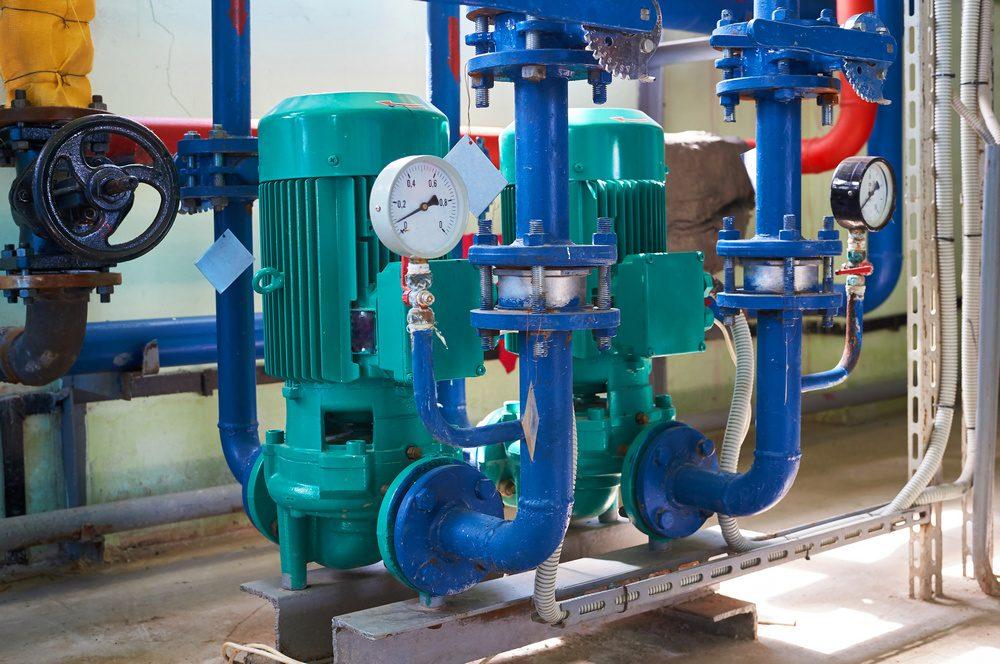
A utility vacuum pump, often called a plumber’s best friend when it comes to repairing leaks or unclogging drains. This tool can remove air, water or other liquids from pipes and create the suitable conditions for effective repairs – certainly an essential part of any professional plumber’s inventory.
19. Level and Measuring Tapes
Accuracy is vital in plumbing, and that’s where level and measuring tapes come in. With the crucial job of ensuring pipes are accurately placed for optimal function and aesthetics, these tools provide precise measurements, crucial for quality installations and repairs. The result? An efficient water supply system that does its part in promoting sustainable water management.
20. Pipe Bending Tools
Last but not least, pipe bending tools! They bend pipes without causing kinks or cracks. This is essential when we need to install pipes around corners or curved areas. By eliminating the need to cut and join multiple pipe segments, these tools save valuable time and minimise potential leak points.
Unpacking the Toolkit
Phew! That was quite a deep dive into our big toolkit. Understanding these essentials raises awareness of the complexities behind maintaining our water systems – a mix of traditional skills and high-end technology. It’s also interesting to see how many tools play roles in environmental engineering, water management, and sustainability – all crucial parts of an Aussie plumber’s job at Dan’s Plumbing. So next time you have a plumbing issue – remember, it’s more than just tightening a few bolts!
Related posts:
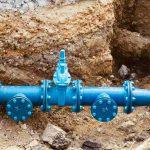 Understanding Your Plumbing System: a Guide for Aussie Homeowners
Understanding Your Plumbing System: a Guide for Aussie Homeowners
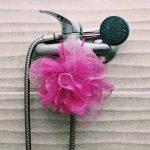 Leaking Showerhead Driving You Nuts? Dan’s Plumbing Can Help
Leaking Showerhead Driving You Nuts? Dan’s Plumbing Can Help
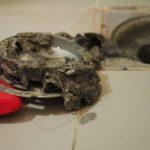 Banish Blocked Drains: Dan’s Plumbing Can Help with Drain Clogs
Banish Blocked Drains: Dan’s Plumbing Can Help with Drain Clogs
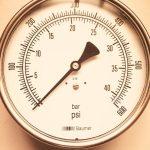 Water Pressure Troubles? How Dan’s Plumbing Can Help Get Your Pressure Back on Track
Water Pressure Troubles? How Dan’s Plumbing Can Help Get Your Pressure Back on Track
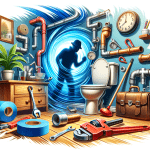 Mystery Leak? Dan’s Plumbing Can Help Find the Culprit and Fix It Fast
Mystery Leak? Dan’s Plumbing Can Help Find the Culprit and Fix It Fast
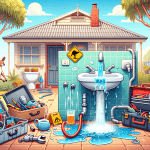 Aussie Alert! Signs You Need a Plumber ASAP
Aussie Alert! Signs You Need a Plumber ASAP
